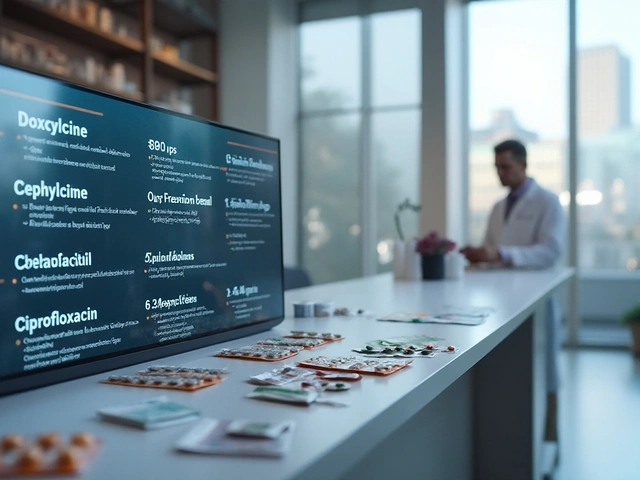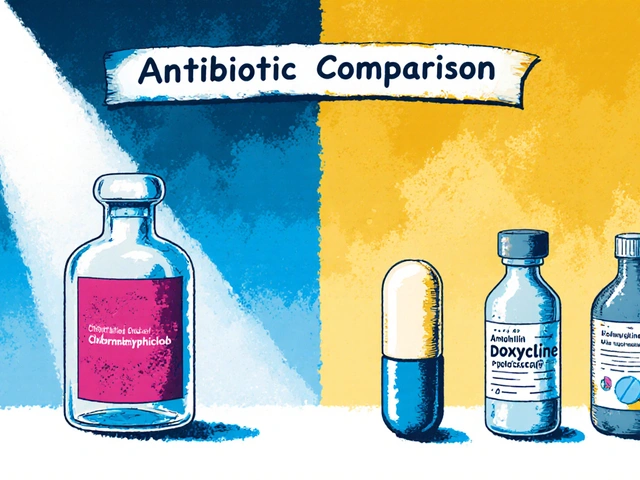Child Medication Safety: What Every Parent Needs to Know
When it comes to child medication safety, the practice of giving medicines to children in ways that prevent harm, overdose, and dangerous interactions. Also known as pediatric drug safety, it’s not just about giving the right pill—it’s about knowing how much, when, and why. Kids aren’t small adults. Their bodies process drugs differently, and even a tiny bit too much can cause serious harm. A teaspoon instead of a milliliter. An adult pill split in half. A cough syrup mixed with another medicine. These aren’t rare mistakes—they happen every day, and they’re often preventable.
One of the biggest risks is pediatric drug dosing, the precise calculation of medicine amounts based on a child’s weight, age, and health. Too little won’t help. Too much can lead to liver damage, breathing problems, or seizures. The child medication safety rule? Always use the measuring tool that comes with the medicine—not a kitchen spoon. And never guess a dose based on an older sibling’s weight. Even if two kids are the same age, their bodies handle drugs differently. Another hidden danger is drug interactions in kids, when two or more medicines, supplements, or even foods clash in a child’s system. For example, giving a cold medicine with acetaminophen on top of a separate pain reliever can push your child over the safe limit. Or mixing herbal teas with antibiotics can make the drug useless—or worse.
Many parents don’t realize that over-the-counter meds aren’t always safe for kids. A common cough syrup might have the same active ingredient as a prescription drug your child is already taking. And what about those "natural" remedies? Some herbal drops, homeopathic drops, or vitamin blends aren’t tested for safety in children—and they’re not regulated like real medicines. The FDA has warned about cases where kids ended up in the ER after taking unlabeled supplements sold as "immune boosters." Even something as simple as giving a child ibuprofen with a meal they just ate can change how fast the drug is absorbed.
What you’ll find below are real stories and clear guides from parents and doctors who’ve been there. You’ll learn how to read labels like a pro, how to store medicines so your toddler can’t reach them, and what to do if you accidentally give the wrong dose. There’s advice on avoiding common pharmacy mix-ups, recognizing signs of an overdose, and talking to your pediatrician without feeling embarrassed. These aren’t theoretical tips—they’re the kind of advice you wish you’d known before the midnight panic set in.

- Nov 10, 2025
- Posted by Cillian Osterfield
How to Manage Pediatric Medication Side Effects at Home
Learn how to safely manage common pediatric medication side effects at home, recognize warning signs, avoid dosing errors, and know when to call for help. Practical, evidence-based guidance for parents.
Categories
- Health and Wellness (57)
- Medications (39)
- Health and Medicine (22)
- Pharmacy Services (10)
- Mental Health (5)
- Health and Career (2)
- Medical Research (2)
- Business and Finance (2)
- Health Information (1)
Latest Posts
©2025 heydoctor.su. All rights reserved





